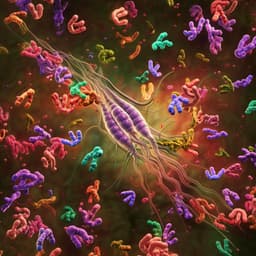
Education
Extracurricular music and visual arts activities are related to academic performance improvement in school-aged children
C. Ishiguro, T. Ishihara, et al.
This longitudinal study investigates how extracurricular music and visual arts activities contribute to academic performance in seventh-grade Japanese children. Conducted by Chiaki Ishiguro, Toru Ishihara, and Noriteru Morita, the research reveals a positive link between these activities and improved academic outcomes, suggesting a significant role for arts education in academic success.
~3 min • Beginner • English
Related Publications
Explore these studies to deepen your understanding of the subject.







